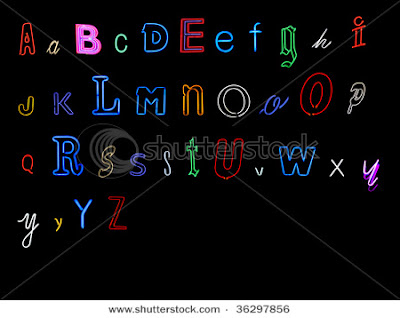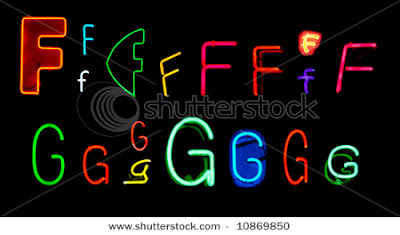On the 10th October 2010, the exhibition "Histoire idéale de la mode contemporaine vol 1: 70 - 80" at the Musée des Arts décoratifs in Paris closed its doors. Last week opened the second round and it focuses on fashion from 1990 to the years 2000.
It all started with Olivier's Saillard's (fashion historian and expert) book entitled "Histoire idéale de la mode contemporaine". This amazingly rich book draws on 30 years of fashion innovations and moments that have changed the way we think fashion. From this book, two shows were born. The first one featured wardrobes from the 70’s and 80's and this second round rather emphasises the changes of fashion from 90's to the 2000's.
But the main difference between the book and this show is that, it doesn't follow a chronological order but rather regroups fashion designers according to their influences and style. From independent minimalism to the “Japanese and British schools”, from the position of businessman-designer to the contemporary or performance artist, Bernadette Caille, the second curator of the exhibition, and Olivier Saillard reveal that fashion in itself doesn't exist. They have rather intelligently regrouped fashion designers according to their common styles or influences.
Martin Margiela
The show opens with one of the biggest innovative schools of the 2000's, the Belgian designers, a group which includes: the mysterious Martin Margiela (one remembers the exhibition which took place at Somerset House in London - see my post: http://artisnotdead.blogspot.com/2010/06/maison-martin-margiela-20-exhibition.html), Veronique Branquinho, Ann Demeulemeester, Veronique Leroy, Dries Van Noten. Facing this section is "the Japanese school" featuring: Yohji Yamamoto, Comme des garçons, Issey Miyake, Junya Watanabe.
John Galliano for Dior
The first floor of the exhibition showcases fashion designers who go beyond fashion and act more as performance artists or contemporary artists. I am a huge fan of these designers mostly because they are advocate of innovation. I am referring to Hussein Chalayan, Alexander McQueen and Viktor&Rolf. Later, a window dedicated to John Galliano for Dior and his own brand, expresses the fact that fashion is also about techniques, craft, and savoir-faire. It also highlights that fashion becomes intertwined with super powerful luxury groups which recalls the earlier amazing white, sexy Gucci dress by Tom Ford, the archetype of the designer slash business man, presented alongside D&G's bustier once worn by superstar, Madonna.Vivienne Westwood is highly praised as well with her own window.
Vivienne Westwood
Karl Lagerfeld, Christian Lacroix and Jean-Paul Gaultier have all in common their mastering of Haute Couture. Amongst the beautiful outfits of the each window of this room, the parrots inspired outfit by JPG, or the blouse inspired by Coco Chanel's screen (originally located in her flat Rue Cambon), by Karl Lagerfeld, reveal that these designers are the only ones reaching fashion excellence.
Karl Lagerfeld for Chanel
At this stage, we've already reached the climax of the exhibition but cleverly, it ends with two windows dedicated to Nicolas Ghesquiere from Balenciaga and Alber Elbaz from Lanvin which highlight the best examples of regeneration of sleeping fashion houses. Both designers are now famous for reviving Balenciaga and Lanvin. This process seems fruitful for big luxury groups such as PPR or LVMH but the work of these designers should rather be interpreted as luxury laboratories. I wonder whether the same magic will happen to Madeleine Vionnet.
Nicolas Ghesquiere for Balenciaga
Christian Lacroix
With fashion coming from Japan or Belgium, international fashion designers working for French brands, it is interesting to note that geography might have an influence on fashion. It also recalls that France is no longer the centre for fashion creativity: cities like New York, London or Sao Paulo might be the fashion centres today. I personally think that Paris is late and as Anna Wintour suggested a few months ago (highlighted by Loic Prigent in its documentary), Paris should favour younger designers, but that’s another question... maybe the next round of these exhibitions.
Jean-Paul Gaultier
This exhibition has been sponsored by Reebok More info on: www.lesartsdecoratifs.fr





